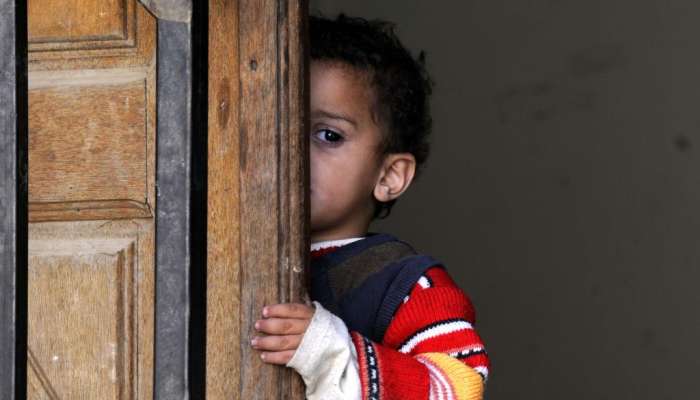
Sanaa: I often think back to 2011, when the fever of the so-called Arab Spring reached the Yemeni capital, Sanaa. With a camera in one hand and a notebook in the other, I ran into the city's squares where protesters chanted in unison against then-President Ali Abdullah Saleh. Naively, I wrote at the time, "Yemen is stepping toward the door of the future."
What I did not know was that the door would soon slam shut. As protests swept across the country, Yemen showed no sign of the prosperous, stable, democratic future Western governments had promised. Instead, the country was trapped in conflicts that have endured to this day.
Soon after the protests, the chants of the streets gave way to gunfire. Electricity failed, supermarket shelves emptied, and salaries vanished. Cholera swept through communities, adding to the fear.
To keep my family safe from the clashes between Saleh's supporters and the opposition, I sent them to a village for five months in late 2011. I even had to sell my car just to provide them with food and medicine.
The crisis soon reached a point of no return. On Sept. 21, 2014, the Houthis seized Sanaa, placed then-President Abd-Rabbu Mansour Hadi under house arrest, and captured much of northwestern Yemen. Hadi later escaped to Riyadh. Within weeks, a Saudi-led coalition launched an air campaign to restore him. Thousands were killed, millions displaced, and Yemen's soil became the stage for a new war.
I can still recall the cries of mothers in hospital corridors and the eerie silence of children buried beneath collapsed roofs after airstrikes -- tragedies destined to repeat in every war.
In Yemen, one turbulence has only ever led to another since 2011. Saleh, who ruled Yemen for more than three decades, once likened governing the country to "dancing on the heads of snakes." Before his death in 2017, he offered only a grim addendum: "The snakes have grown."
A brief truce arrived in April 2022, but it brought no respite. In less than two years, the Gaza conflict erupted in October 2023. The Houthis declared support for the Palestinians by launching missiles and drones at Israel and Israel-linked vessels in the Red Sea. Israel responded with intermittent airstrikes, and exchanges of fire between the two sides soon became routine.
Sometimes, the strikes were so fierce that Sanaa felt less like a city than a wound. At night, explosions split the sky, and my 10-year-old daughter would wake up and scream.
Earlier this month, Israeli airstrikes in downtown Sanaa erased a four-story building that housed two Houthi-run newspapers. In an instant, it was reduced to dust. The Houthis said 32 of their journalists were killed, along with 13 civilians.
It was one of the heaviest bombardments I had ever endured. Windows shattered. Doors tore from their hinges. The ground heaved beneath me.
My daughter leapt into my lap, sobbing: "They will kill us, just like the children in Gaza." Since that day, she has refused to return to school.
As I wrote the story, a fighter jet was circling above Sanaa, its payload yet to fall. Earlier, Israel launched new strikes on the Yemeni port of Hodeidah, to which the Houthis responded with a ballistic missile.
The daily turmoil is a reminder that Yemen has become a fragment of a widening war map, a testing ground for rivalries.
The lingering war has stripped away the naivety I carried in 2011. War is no video game. It is not an action film where a hero shrugs off shrapnel and walks into the sunset. It is the moment you picture your obituary in small type, buried unnoticed. For Yemenis, peace is so desperately yearned for.
I still keep my notebook from 2011. It tells the story of a nation's unraveling: from the chants of the "Arab Spring" to the latest Israeli air raid of today. The pages are stained with dust, sweat, and sometimes tears.
My daughter often sits across from me, her eyes wide, her fear unspoken. I do not know what to tell her, except that once, not long ago, we believed in doors that opened to the future.